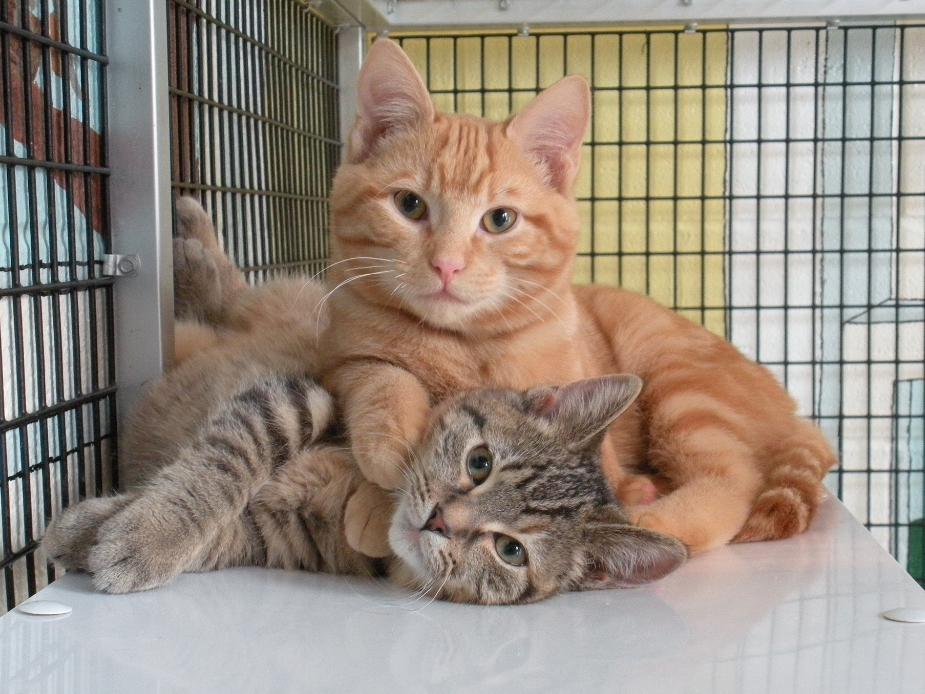When you adopt you’re not only adopting a cat, you’re adopting a friend. Each year in the United States, 3.4 million cats enter a shelter. Half of these cats will never leave the shelter alive. Besides saving a life, there are many reasons why someone should adopt from a shelter. With so many cats in shelters, there are so many different types and personalities that would be perfect for any family.
Many people are concerned with adopting a shelter cat because they believe them to be problem cats. Most cats actually end up in a shelter at no fault of their own, but their parents. Common reasons for cats ending up in shelters is because families move into housing that doesn’t allow pets or they are going through a lifestyle change, such as a new baby or a spouse that is allergic to cats. If you’re worried about getting a problem cat still, most shelters will provide the reason behind the owner’s decision to take it in.
Adopting a cat from a shelter is perfect for anyone who is looking for their first cat. Since most of these cats have had owners in the past, many have already adjusted to the routines of household life. Shelters also usually have kittens to choose from, along with a wide range of cats from long hair to short from orange to black. When looking for a cat from your local shelter, one of your main priorities should be finding a healthy cat. The cat should have clear eyes and noses without excessive coughing, sneezing, or mucous discharge.
Know what you’re getting into, getting a cat is a lifetime commitment. Becoming a pet parent also costs money, it’s best to know the time and costs before you adopt. The initial investment will be in the adoption fees, which can range anywhere from $10 at the city shelter to over $100 at private shelters. After the initial shelter fees, you’ll have to take your new furry child for regular check-ups and vaccinations, calculated to be $150/year. You’ll also have to budget in food costs, kitty litter, and grooming costs.
Now, the actual adoption process is different for each shelter, but still have similar protocols:
1. Private shelters sometimes require forms that include your vet’s name, phone number, and references. It’s best to contact a local vet before so you can have that information on hand.
2. Make an appointment with the shelter to meet the cat.
3. Bring ID and anything else that can confirm your address. Also, don’t forget to bring cash or check for the adoption fee.
4. Shelters usually provide cardboard carriers, but feel free to bring your own to make the cat more comfortable for his or her first ride home.
5. Some shelters do require a 24 hour waiting period to give you time to think about your decision.
6. You may be required to fill out an adoption contract with conditions in which you can keep your cat. Conditions such as getting the cat spayed or neutered and up-to-date vaccinations.
7. Upon bringing your new child home, you should already have a litter box, food and water bowls, and toys. Try confining your new cat to a small area for the first day as he or she gets a feel for the new environment. Also, don’t forget to provide enough hiding spaces for your new cat.








